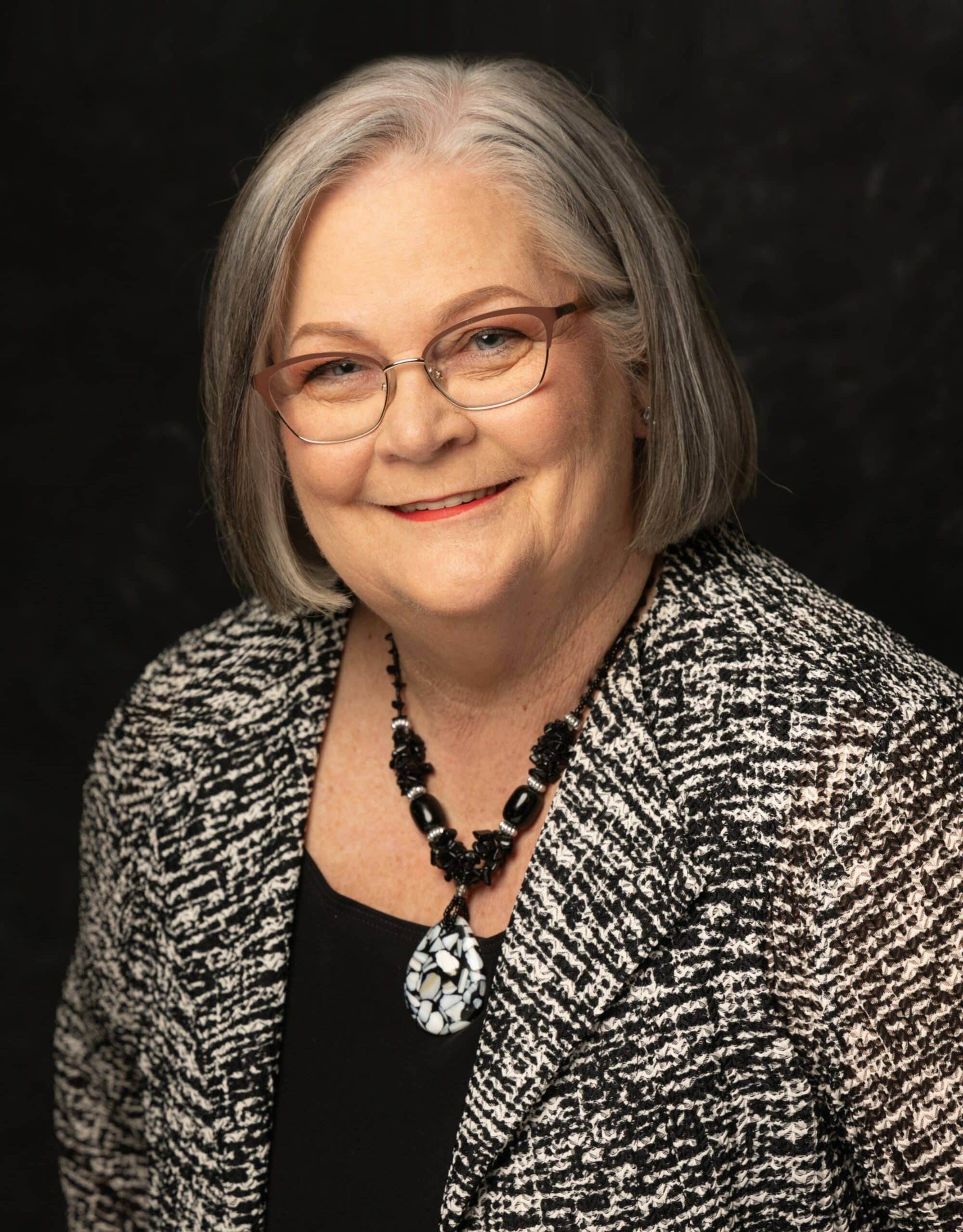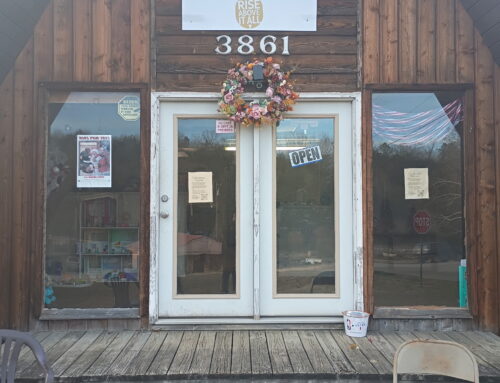Collaboration is a powerful tool to address a community’s economic, social, and environmental challenges. It is an equally effective approach in tackling social and global issues, criticalpublic purposes, and sustainability challenges. In collaboration, community stakeholders join together to explore and search for solutions to address wicked problems beyond their ability to solve them independently. Furthermore, collaboration involves a more long-lasting and pervasive relationship that results in a new structure and shared mission as partners pool or jointly secure resources and share the results and rewards of their joint efforts (Candid 2016). While there are many reasons an organization may choose to collaborate, organizational efficiency receives a boost which increases organizational effectiveness, and these two factors can drive a broader social and systems change. Gray (1989) defined collaboration as a”process through which parties who see different aspects of a problem can constructively explore their differences and search for solutions that go beyond their own limited visions of what is possible” (p. 5). Collaboration is needed today to work through the issues and problems our communities face in providing a safety net to meet people’s needs and tackle wicked problems.

Why Collaborate? Three factors emerged from the 2020 U.S. Census that affected philanthropic giving in Arkansas, an undercount of Arkansas’ population, reduced federal funding, marginalized voice and political power in rural areas and communities of color, and lack of research to inform decision-making. A reduced giving trend from the economic downturn of COVID-19 put charitable giving at a critical juncture as funding institutions reimagined what giving should resemble post-COVID-19. For instance, the Milken Institute challenged philanthropists to think beyond their networks and pool of known or well-established organizations, recognizing thatsolving complex societal and global problems may lie with new grantees (Biggs, 2021). Political scientist Berry (2020) argued for expanding nonprofit advocacy with regulatory changes to clarify the rules of advocacy for 501(c)(3) nonprofits.
In contrast, Seaman et al. (2014) endorsed consolidation and collaboration in the nonprofit sector and contended the benefit to nonprofit organizations would be significant. Furthermore, Seaman maintained that consolidation and collaboration would realize reduced costs, increased realized assets, larger markets, mitigating competition, and more significant political influence. These factors can lead to decreased resources for programs and services.
Shared Resources. However, a benefit to collaboration is theopportunity to access and share resources an organization might not otherwise have. In collaborative efforts, a resource is whatever collaborative partners can contribute to the collective action. For instance, a shared resource might be materials, information, data sets, funding, food commodities, health and hygiene products, money, grant funding, buildings, or office space. Shared resources can also be equipment, vehicles, expertise, food, advocacy, knowledge, access to a population base, research support, or donated items.
Additionally, a shared resource could be a staff person to manage the collaboration. By adding a staff person dedicated to the strategic outcomes of the collaborative, the bandwidth of a nonporofit organization can increase, whereby the nonprofit organization becomes more effective. As collaborative partners meet, they identify resources essential to meet the collaboration’s strategic objectives, and these resources are shared. One director explained, “We do not have a lot of resources, whether financial, human, or intellectual. However, the types of things we are trying to do would be impossible without collaboration and sharing resources”. One benefit of collaboration for nonprofit organizations is that the philanthropic value of the organization increases through access to shared resources.
Address Wicked Problems. A second benefit of collaboration is that nonprofit organizations can accomplish strategic objectives by working together. Thirteen states from Texas to Maine are on the pathway for a total eclipse of the Sun in the Great North American Eclipse on April 7, 2024. An eclipse occurs when the Earth, Sun, and Moon align, and the Moon gradually blocks the light from the Sun. In Little Rock, AR, the Sun will slip behind the Moon, and Arkansansas in that area will experience two minutes and 26.8 seconds of total darkness, whereas in Cherokee Village, AR, the duration of the eclipse is four minutes and 12.1 seconds, in Batesville, AR four minutes and 1.8 seconds, and Salem, AR three minutes and 57.1 seconds. It is anticipated 3.1 million visitors will come to Arkansas to witness the event, with 20,000-30,000 visitors in Batesville, AR, and tens of thousands of others descending onsurrounding communities. The next solar eclipse visible in the United States will be in 2044, and for many, this will be a once-in-a-lifetime experience.
Consider for a moment an additional 10,000 to 100,000 people in your community. What is the impact on a community’s infrastructure with another 100,000 people over three to five days? A total solar eclipse of the Sun of this magnitude becomes a wicked problem as the solution to addressing the societal challenge requires more than any one organization or agency can provide. A collaborative effort is necessary to consider the nuances for a successful event, such as public safety, transportation, lodging, food, water, emergency response, waste management, public health, ATMs and access to cash, safety on lakes and waterways, garbage disposal, RV dump sites, communications, and patient care for emergencies. Through collaboration, nonprofit organizations can access shared resources, and wicked problems can be addressed. And while collaboration is a lifeline for nonprofit organizations, it can also be shrouded with hindrances. Next week, we will look at barriers to collaboration because community matters.
In Community,
Dr. Pat
Dr. Patricia A. Clary is a syndicated columnist who consults with nonprofit and business sector partnerships that promote strategic community impact agendas to solve complex societal issues through governance, collaboration, and convening leadership. Connect with Dr. Clary patriciaclary.com, LinkedIn https://www.linkedin.com/in/pat-clary/, Facebook PatriciaAClaryPhD, or at moc.liamg@6776yralctap. ©2023 All Rights Reserved.






